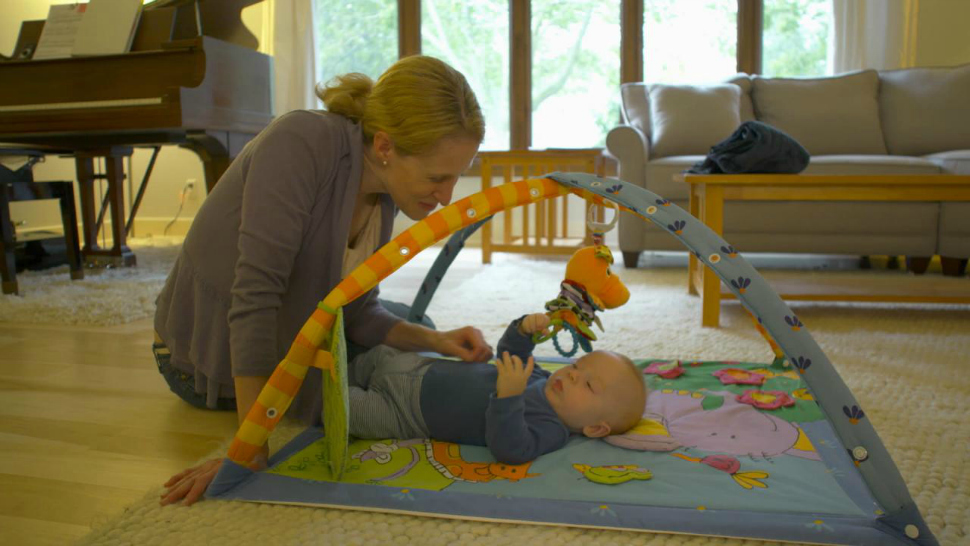John Tolley, November 27, 2016
The Problem
The pain and frustration of not being able to conceive is one Katie Brenner knows all too well.
?When my husband and I first decided to have kids we were just so excited,? says Brenner, a post-doctoral fellow in the Department of Biochemistry at the University of Wisconsin-Madison. ?It took a while and then it took even longer. As we got more and more worried and more and more stressed, each month would just stretch out.?
Approximately 25 percent of women experience some difficulty getting pregnant. That can mean months, even years, of tests that Brenner says can be taxing.
?Women today who are trying to get pregnant are using urine-based tests that really give them no information if the answer is always just ?No.? After a year they can go to their doctor [who] will prescribe months of blood testing and ultrasounds. It?s expensive, it?s inconvenient, it?s painful and still some of those women end up with no answers.?
The Idea
As a trained biochemist and someone who had dealt with the standard litany of hormone tests, Brenner had a hunch this process could be simplified.
?The aim is to really get women answers from the get-go,? says Brenner. ?We?ve created a test that enables women to measure the same hormones that get measured today in the blood, but in the saliva instead. They can measure them every single day, which gives them a complete picture of what their body?s actually doing.?
Brenner?s innovative test strips not only move the means of sampling into the home; they send results to the patient?s smartphone in a matter of minutes thanks to a specially designed strip reader. Women can then immediately share the information with their physician.
Several campus departments were crucial to furthering the development of the tests, Brenner notes. Through the biochemistry department, she was able to conduct the initial experiments proving the test strips? viability. And via the business school and other entrepreneurial resources, Brenner was able to launch a company, BluDiagnostics, to market her invention.
?I really believe BluDiagnostics has gotten off the ground because we are here. The support at the University of Wisconsin-Madison is incredible.?
Next Steps
While the inspiration behind the test was to help women struggling with fertility issues, Brenner foresees a myriad of uses stemming from the at home diagnostic strips.
For instance, the hormone test could prove very helpful for women entering perimenopause, the period of transition into menopause. During this phase, hormones fluctuate and understanding how they are changing can provide valuable information about a woman?s health. It?s something that BluDiagnostics co-founder Jodi Schroll is passionate about.
?I truly believe that women?s healthcare is lagging. A lot of the cardiovascular research and cancer research has focused on the male anatomy as opposed to thinking about female hormonal shifts over time and how that relates to diseases that occur later in life. So this test is going to offer a huge advance in women?s health as a woman ages.?







 See what's coming up live on B1G+ every day of the season at BigTenPlus.com.
See what's coming up live on B1G+ every day of the season at BigTenPlus.com. 